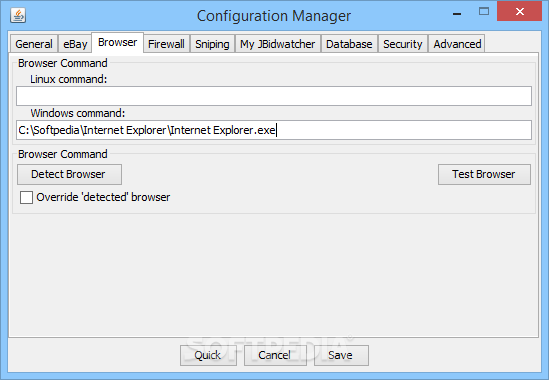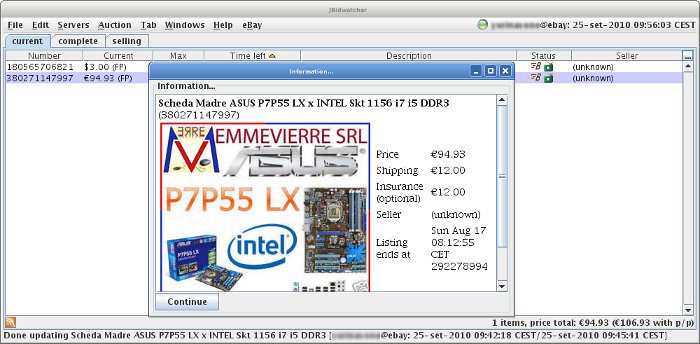

Humans tend to seek and interpret evidence in ways that will confirm there existing beliefs and hypothesis, well known in psychology as confirmation bias and thereby affecting multi-stakeholder decision making in organizational purposes.

This can be very hard as stakeholders tend to be subjective towards there own bias where they always choose the best alternative among those open to them, as they see them rather than focusing on the whole organizational perspective. It has therefor become a critical factor for organization to make the right choices based on adequate and aligned objectives. Decision making often involves multiple stakeholders throughout the organization with multiple different objectives.

This is especially true in the current competitive turbulent environment that organizations find themselves in. Īpplication of the Analytic Hierarchy Processĭecision making and doing them right is one of the largest challenges that organizations have to face. From that day on, the Analytic Hierarchy Process has perhaps become the most widely used decision making method in the world with actual relevant applications counting in the thousands.

Based on his experience from this period, Saaty was driven to develop a simple way to help ordinary people communicate better and make complex decisions, eventually resulting in the Analytic Hierarchy Process. During his period there, he observed considerable communication difficulties between the scientists and lawyers at the department, both groups being the main contributors and decision makers in the project, which led to poor project results. Department of state to direct their research projects. In the late 1960's, Saaty was recruited by the Arms Control and Disarmament Agency at the U.S. It was Thomas Saaty, regarded as one of the pioneers of Operations research which developed the Analytic Hierarchy Process throughout the 1970s. The Analytic hierarchy process is a multi-criteria decision making (MCDM) method utilized to analyse, solve and prioritize complex decisions, by rating and comparing multiple criteria and scenarios against each other. 2.5.1 Example: Overall weight of alternatives.2.5 Overall weight of alternatives and optimal solution.2.4.1 Example: Consistency in criteria Ratings.2.4 Consider how consistent the ratings are.2.3.2 Example: Ratings per Alternatives.2.3.1 Example: The Pairwise Comparison and Goal Priority.2.3 Pairwise comparison and Calculate the Goal Priority.2.2.1 Example: Define the Problem Hierarchy.2.1.1 Example: Background and Definition of the problem.2 Methodology - A Step-By-Step approach.1.3 Application in a Project, Portfolio and Program Management Context.1.2 Application of the Analytic Hierarchy Process.The main focus is on explaining the application of the tool, in a step-by-step manner including a fictional case example This article explains the background for the Analytic Hierarchy Process and the application of the tool in a Project, Portfolio and Program Management context. Based on mathematics and psychology, it enables the incorporation of both qualitative and quantitative input while also considering subjective biases when rating solution alternatives. This is where the Analytic Hierarchy Process comes in play. Managers have to consider different criteria, gather input from multiple stakeholders and conclude on the best alternative of solutions. Especially when the constant sea of new emerging technologies and markets is considered. Decision making and doing it right is one of the largest challenges that organizations have to face.


 0 kommentar(er)
0 kommentar(er)
